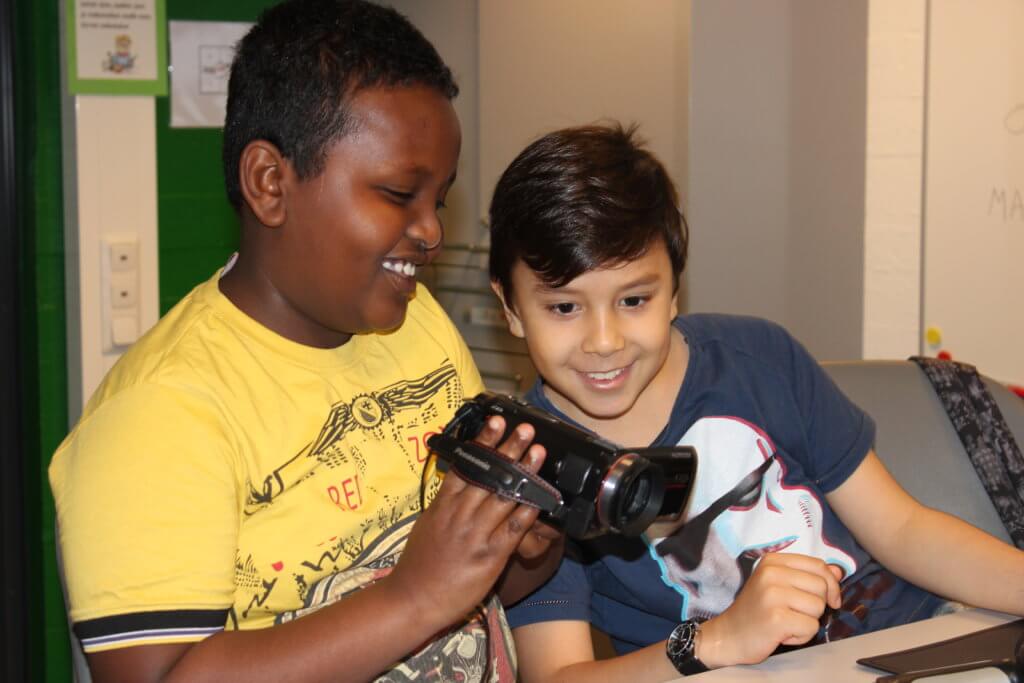By Sonia Livingstone & Kruakae Pothong
Children and young people are increasingly claiming the digital space as their own even though digital infrastructures are rarely conceived with their evolving capacities, rights and requirements in mind. To bridge this gap, we examined the potential of Child Rights Impact Assessment (CRIA) as a tool for realising child rights in the digital environment. As explained in the UN Convention on the Rights of the Child’s General Comment No. 5 on General Measures of implementation (para. 45), CRIA leverages the established method of impact assessment already familiar to many public and private sector organisations.
“As a committee we recommend that all states should have children’s rights impact assessments and should do so in a way which further promotes the visible integration of children in policymaking and sensitivity to their rights.”
Benyam Mezmur, member of the UN Committee on the Rights of the Child, at the Human Rights Council on 1 March 2021
This chimes with the requirement under the United Nation’s “Protect, Respect and Remedy” framework for businesses also “to comply with all applicable laws and to respect human rights,” CRIA being a form of Human Rights Impact Assessment focused specifically on children’s rights.
The Digital Future Commission’s new report sets out the rationale and methods of CRIA and weighs its potential for anticipating children’s rights in the process of digital innovation. We argue that CRIA is not just a tool for digital policies, products and services targeted at children but, rather, should be used for all those that impact on them in one way or another. After all:
“There is no such thing as a child-neutral policy. Whether intended or not, every policy positively or negatively affects the lives of children”
EU-UNICEF, 2014, p. 3
Child Rights Impact Assessment is an iterative process designed to ensure early consideration of the full range of impacts on children and their rights. It brings (at least) 10 key advantages:
- Puts the best interests of the child at the heart of policymaking to realise children’s rights;
- Ensures early consideration of children’s rights in the process of innovation;
- Maps the full range of impacts on children and identifies measures that could remedy negative impacts;
- Provides visibility for children in decision-making processes, helping duty bearers to obtain dedicated resources;
- Minimises discrimination by identifying differential impacts for children in different, including vulnerable or disadvantaged circumstances;
- Supports the creation of child-friendly public services;
- Enhances coordination within and across organisations responsible for children’s rights;
- Creates an enabling environment to recognise and discuss child rights;
- Institutes child-friendly complaints mechanisms and other systems of remedy and redress;
- Brings evidence to policymaking, and includes children’s voices within decision-making.
With increasing calls for CRIA to be applied to digital service provision, we explain what’s involved in CRIA and why it could be so important in relation realising “the best interests of the child” in relation to the digital environment. We conclude that CRIA is both necessary and timely, for it offers clarity of vision, a strong rationale for action and it integrates the multiple calls for better privacy, safety, security and ethics-by-design in a single framework.
Conducting CRIA can be challenging for states and businesses because it is resource intensive, requiring expertise in child rights, evidence and coordination within and across various organisations. Such level of investment and commitment seems to have constrained the large-scale uptake of CRIA in both public and private sectors. In relation to the digital environment – itself fast changing, highly complex and facing competitive pressures –these challenges may seem overwhelming. However, this does not mean we should give up. Quite the contrary!

There are plenty of useful resources, including child online protection guidelines, CRIA toolkits for companies, child participation toolkits, and other good practices and learning materials to support public and private sectors operating in the digital space to realise child rights. Equally important are incentives: market (e.g. labelling) and financial instruments (e.g. making CRIA a condition for funding) could prove useful measures to incentivise businesses to conduct child rights impact assessment. It remains to be seen whether making CRIA a requirement for innovators of digital products and services would necessitate regulation.
In line with the UNCRC General Comment 25 on children’s rights in relation to the digital environment, we call on policymakers and digital providers to leverage Child Rights Impact Assessment to anticipate the impacts of their digital products and services on children’s rights from their very inception and to evaluate them after their deployment. This way any negative consequences on children’s rights can be systematically assessed and addressed. One might even hope that positive consequences could be enhanced.
This blog is part of the innovation series. You can view the rest of the blog series here.
Professor Sonia Livingstone OBE is a member of the UNCRC General Comment’s Steering Group, and leads the Digital Futures Commission. Sonia is Professor of Social Psychology in the Department of Media and Communications at the London School of Economics and Political Science. She has published twenty books on media audiences, media literacy, and media regulation, with a particular focus on the opportunities and risks of digital media for children and young people.

Dr Kruakae Pothong is a researcher at 5Rights and visiting research fellow in the Department of Media and Communications at London School of Economics and Political Science. Her current research focuses on child-centred design for digital services and children’s education data. Her broader research interests span the areas of human-computer interaction, digital ethics, data protection, Internet and other related policies.
